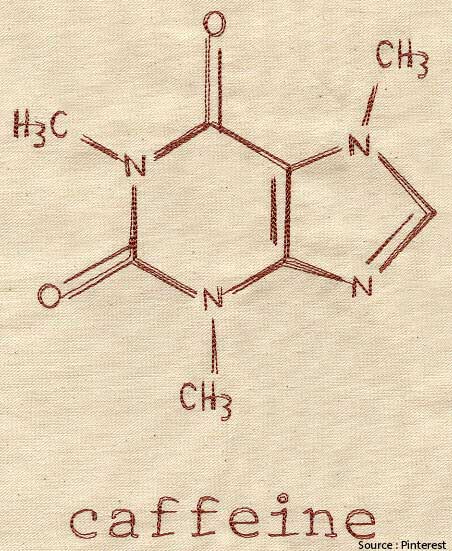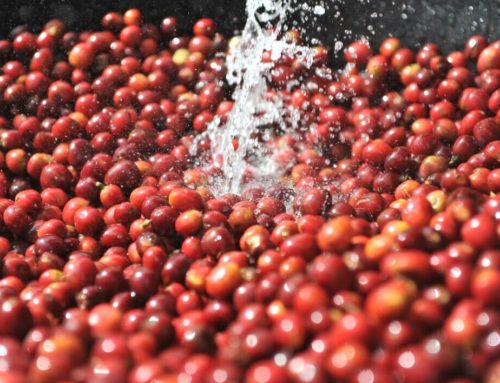Most people identify caffeine with coffee. In fact, caffeine also can be found in several drinks such as tea, chocolate, soda and energy drinks. Although contained in several types of drinks, the caffeine content in each drink is different. Caffeine content in a cup of tea is 0 – 50 mg while in a cup of coffee is 80-100 mg.
Caffeine can increase gastric acid secretion, urine production, widen blood vessels and improve muscle performance. The highest concentration of caffeine in plasma is 15-20 minutes after the digestion. The work of caffeine is related to the work of adenosine, a compound that functions as a neurotransmitter inhibitor and can bind to receptors contained in the brain. Under normal conditions, adenosine helps us to sleep and suppresses nervous system activity. The body’s nervous system sees caffeine similar to adenosine so that caffeine binds to adenosine receptors in the brain. But the caffeine works contrary to adenosine. As the result, the body’s cells become more active because of adrenaline increases. This process then causing insomnia after consuming caffeine.
Caffeine is known for several negative effects such as elevating the blood pressure, causing insomnia and harmful to the fetus and baby. In addition, caffeine can also reduce mineral density, causing osteoporosis. Caffeine is also a diuretic or spur urine so that it can cause dehydration.
However, caffeine also has many positive benefits for the body such as protecting the brain cells and improving memory, soothing blood vessels so that they can relieve headaches. In addition, caffeine also increases muscle strength h and helps restore muscle aches. As well as breaking down body fat used as fuel for physical activity.
Source:
- Hellosehat.com
- Deva Primadia. Pengaruh Peubah Proses Dekafeinasi Kopi Dalam Reaktor Kolom Tunggal Terhadap Mutu Kopi. Tesis ITB. 2009













